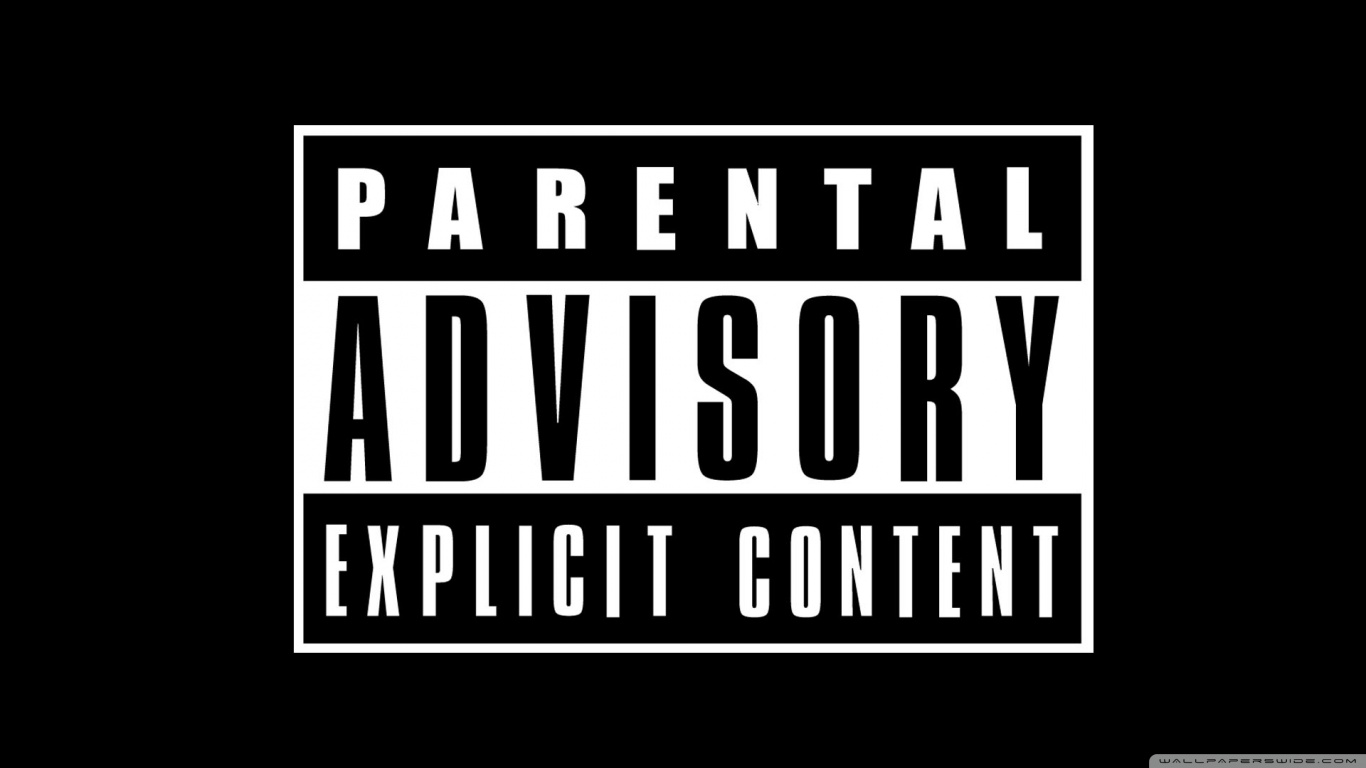
Fazilsiddiqui1094
Uploaded on Aug 29, 2024
Category
Health & Medicine
Effective Solutions for Persistent Loss of Signal (LOS) in Your SetupEffective Solutions for Persistent Loss of Signal (LOS) in Your SetupEffective Solutions for Persistent Loss of Signal (LOS) in Your Setup
Category
Health & Medicine
Effective Solutions for Persistent Loss of Signal (LOS) in Your Setup
Effective Solutions for Persistent Loss of
Signal (LOS) in Your Setup
Loss of Signal (LOS) is a common issue in various fields, including telecommunications,
television broadcasting, and internet connectivity. This problem can disrupt communication,
affect service quality, and lead to frustration for users. Understanding the causes of LOS and
implementing effective solutions is crucial for maintaining reliable and uninterrupted service. In
this article, we will delve into the causes of LOS, explore its impacts, and provide practical
solutions to address and prevent this issue. LOS
What is Loss of Signal (LOS)?
Loss of Signal (LOS) refers to the interruption or complete loss of signal transmission between
two points in a communication system. This can manifest as a loss of connectivity, poor signal
quality, or an inability to receive or transmit data. LOS can affect various types of
communication, including:
Television Signals: Interruption of TV signals, resulting in a blank screen or poor image
quality.
Internet Connectivity: Disruptions in internet access, causing slow speeds or a complete
loss of connection.
Radio Communications: Loss of audio transmission in radio communications, leading
to gaps or static in the broadcast.
Satellite Communications: Disruption in satellite signals, affecting satellite TV, GPS,
and other satellite-based services.
Common Causes of Loss of Signal
Several factors can contribute to Loss of Signal, each varying depending on the type of
communication system. Here are some of the most common causes:
1. Interference
Interference from other electronic devices or signals can disrupt signal transmission. Sources of
interference include:
Electromagnetic Interference (EMI): Caused by devices like microwaves, routers, or
fluorescent lights.
Radio Frequency Interference (RFI): From devices operating on similar frequencies,
such as cordless phones or wireless networks.
Physical Obstructions: Objects like walls, buildings, or trees that block or weaken the
signal.
2. Signal Degradation
Signal degradation occurs when the quality of the signal deteriorates over distance or due to
environmental factors. Common causes include:
Cable Damage: Frayed or broken cables can cause signal loss or degradation.
Aging Equipment: Outdated or malfunctioning equipment may not transmit signals
effectively.
Weather Conditions: Severe weather, such as heavy rain, snow, or storms, can impact
signal strength, especially for satellite communications.
3. Technical Issues
Technical issues within the communication system can lead to LOS. These issues include:
Network Congestion: Overloaded networks can result in slow speeds or connection
drops.
Configuration Errors: Incorrect settings or configurations in network devices or
equipment.
Software or Firmware Bugs: Problems in the software or firmware that control signal
transmission.
4. Power Failures
Power outages or fluctuations can disrupt signal transmission, especially if equipment relies on
continuous power supply. Power-related issues include:
Power Outages: Complete loss of power affecting communication devices.
Power Fluctuations: Voltage spikes or drops that can cause equipment to malfunction.
Solutions for Loss of Signal
Addressing Loss of Signal requires identifying the root cause and implementing appropriate
solutions. Here are some strategies to resolve and prevent LOS:
5. Minimize Interference
To reduce interference:
Reposition Devices: Place electronic devices away from potential sources of
interference.
Use Shielded Cables: Opt for cables with shielding to reduce EMI and RFI.
Upgrade Equipment: Use modern, high-quality equipment designed to minimize
interference.
2. Maintain and Upgrade Equipment
Regular maintenance and timely upgrades can prevent signal degradation:
Inspect Cables: Check for and replace damaged or frayed cables.
Upgrade Equipment: Replace outdated equipment with newer, more reliable models.
Perform Regular Maintenance: Keep equipment clean and in good working condition.
3. Address Technical Issues
To resolve technical issues:
Monitor Network Traffic: Use network monitoring tools to identify and address
congestion.
Verify Configurations: Ensure all settings and configurations are correct and
optimized.
Update Software and Firmware: Apply updates and patches to fix bugs and improve
performance.
4. Implement Backup Power Solutions
To prevent power-related issues:
Use Uninterruptible Power Supplies (UPS): Provide backup power to essential
equipment during outages.
Regularly Test Backup Systems: Ensure that backup power systems function correctly
when needed.
Install Surge Protectors: Protect equipment from power surges and fluctuations.
Conclusion
Understanding and addressing Loss of Signal (LOS) is essential for maintaining reliable
communication systems and ensuring uninterrupted service. By identifying common causes of
LOS, such as interference, signal degradation, technical issues, and power failures, you can
implement effective solutions to mitigate and prevent signal loss. Regular maintenance,
equipment upgrades, and strategic planning are key to ensuring that your communication
systems remain robust and dependable. Embracing these practices will help you keep your signal
strong and your operations running smoothly, no matter the challenges.

Comments